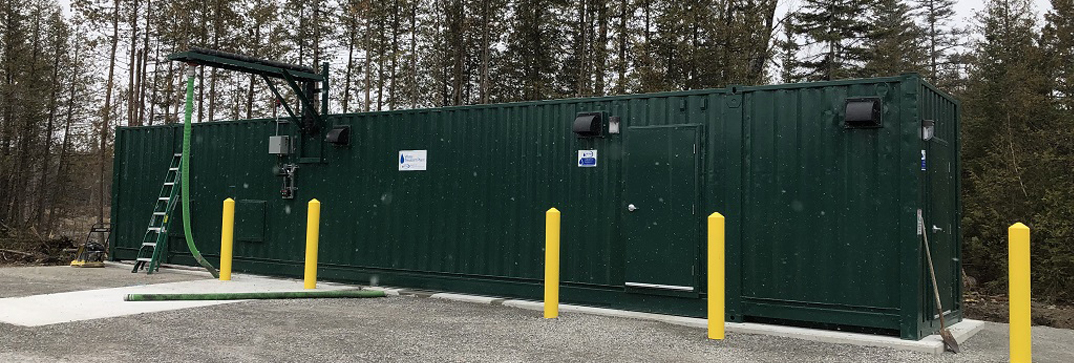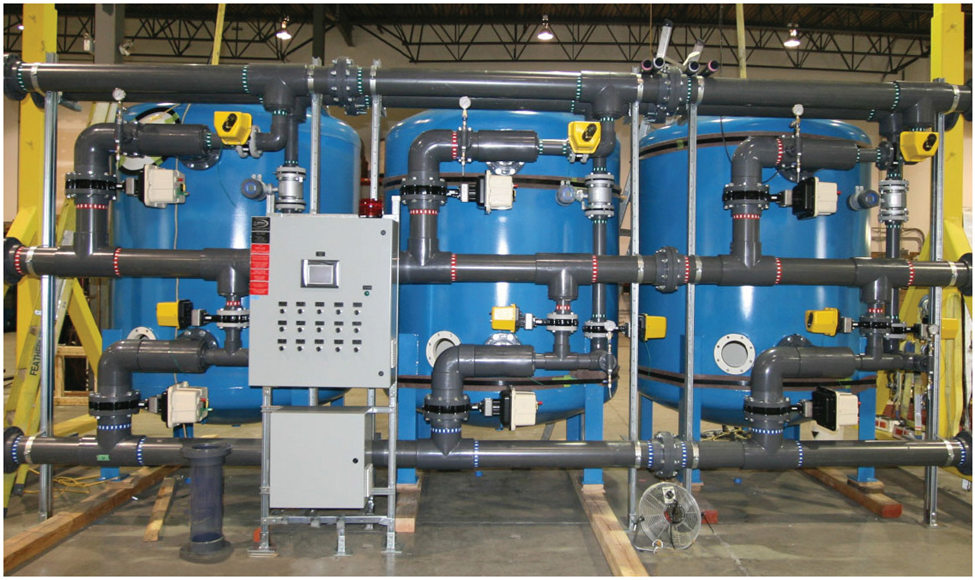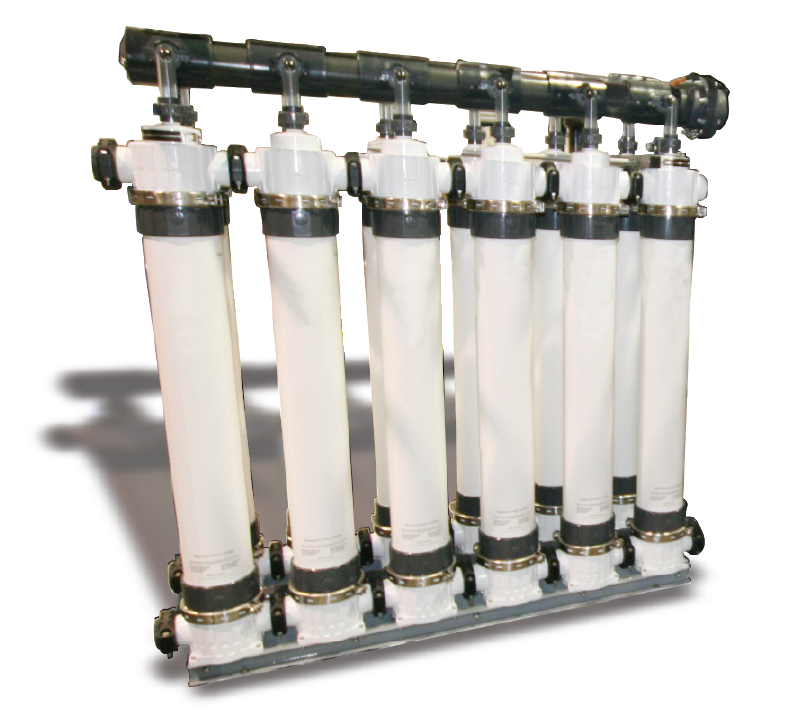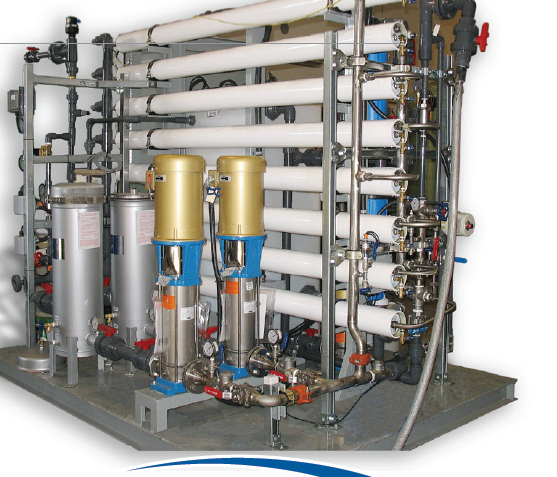
CONTACT US :
E-mail: info.in@bipurewater.com
Phone: + 91 80-4001 6032
BIPW primarily offers and uses the following technologies for drinking water treatment:
- Multimedia Filtration
- Conventional Coagulation, Flocculation, Sedimentation, Filtration
- Dissolved Air Flotation
- Membrane Filtration like UF, MF and RO
- UV Disinfection
Multimedia filtration is a very robust method of water treatment used for reduction of turbidity and suspended solids from water. The filtration medium consists of a multiple layer of sand, anthracite, greensand plus and other types of filter media with a variety of size and specific gravity.
Applications for multimedia filtration include the following:
- Pre-treatment of cooling water
- Production of drinking water
- Filtration in swimming pools
- Pre-filtration for membrane systems
- Filtration of grey or surface water
- Reduction of iron and manganese
BI Pure Water offers multimedia filtration from light commercial units to medium or large municipal and industrial facilities of various sizes for their customers.
BI Pure Water uses coagulation, flocculation, sedimentation and high rate multimedia filtration for treating high turbidity water and suspended solids in water. The treatment process is a completely automatic, gravity flow operation. It consists of mechanical flocculation, an automatic sludge removal system and multi-media gravity filters.
The components and/or processes of this plant include the following with all of the ancillary pipe, fittings, valves, controls, wiring, electrical power connections, and all other items necessary to provide a complete plant:
- Raw water flow control and metering
- Raw water chemical addition and mixing
- Mechanical flocculation
- Clarification with tube settlers
- Filtration
- Air scour blower(s)
- Filter backwash system with necessary manifolds to backwash filter media.
- Chemical storage, mixing and dosing systems
- Monitoring instrumentation for water quality
- Programmable Logic Controller (PLC) – based automatic control system(s)
BI Pure Water offers conventional systems for their municipal or industrial clients for water flowrates ranging from 1.26L/s (20 USgpm) to as high as 126L/s (2,000 USgpm).
BI Pure Water also offers DAF plants which include coagulation/flocculation followed by dissolved air flotation processes for treatment of water with high colour or organics. During the coagulation/flocculation process, a coagulant is injected, and flocs are created. In the DAF tank, microscopic air bubbles of approximately 50 microns in diameter are introduced which attach to the floc particles rendering them buoyant. The floating sludge layer is periodically removed by a mechanical, variable speed, surface skimmer. The skimmer pushes the float into the sludge collection trough. The float in the trough drains to waste.
The components and/or processes of this plant include the following with all of the ancillary pipe, fittings, valves, controls, wiring, electrical power connections, and all other items necessary to provide a complete plant:
- Raw water flow control and metering
- Raw water chemical addition and mixing
- Mechanical flocculation
- Dissolved air flotation
- Filtration
- Air scour blower(s)
- Filter backwash system with necessary manifolds to backwash filter media.
- Chemical storage, mixing and dosing systems
- Monitoring instrumentation for water quality
- Programmable Logic Controller (PLC) – based automatic control system(s)
BI Pure Water offers DAF systems for their municipal or industrial clients for water flowrates ranging from 1.26L/s (20 USgpm) to as high as 126L/s (2,000Usgpm).
Ultrafiltration technology is commonly used for the following:
- Removal of TSS and turbidity
- Up to 4-log reduction of bacteria and viruses.
- Minimizes chlorine by-products
- Removal of TOCs with addition of a coagulant
- Excellent filtrate quality even with variable raw water
Nano filtration technology is commonly used for the following:
- Primarily for treating hard water
- Removes harmful organic matter (TOC > 80%, DOC > 80%) and color > 90%)
- Typical permeate quality turbidity < 0.1 NTU
- Six-log reduction of bacteria, and 4-log reduction of viruses.
Reverse Osmosis technology is commonly used for the following:
- TDS and heavy metal reduction
- Up to 6-log reduction of bacteria and 4-log removal of viruses
- Effective removal of all minerals including salt up to 95-98%
Water covers over two third of our planet’s surface. However, only one percent of the earth’s water is liquid freshwater, and more than 2/3 is in the form of ice or trapped in deep aquifers. Ninety-seven percent of available water resources are saline or hypersaline, which makes desalination an essential component of efforts to address water shortages, especially in densely populated coastal regions in India. While desalination was for a long-time limited to desert regions, such as the Middle East, the climate is no longer the sole driver mostly due to major advances in membrane technologies and desalination plants, providing up to 1% of the world’s drinking water today. BI Pure realizes the importance of desalination in today’s world of water treatment and offers desalination technologies where they are required.
BI Pure Water Desalination Plant Features:
- Containerized system which are easy for installation and dependable operation
- Storm and pest resistant
- Variable frequency drive (VFD) for high pressure pump optimal control, energy efficiency and constant water production
- Simple Manual/Auto control panel for the system
- Optional remote PLC or cell phone monitoring and control
- Energy recovery device
- Monitor flow and conductivity
Options:
- Skid-mounted units for installation inside existing building
- Intake/pumps on separate skid
- High rejection, low energy, or brackish membrane element options
- Ethernet communication
- HMI/SCADA for intuitive controls
- pH/ORP control system
- Air conditioner
- Witness Factory Acceptance Test
- Installation, commissioning, training, monitoring, supervision services
- System customizations
Disinfection is defined as a technology that that destroys or prevents growth of microorganisms capable of infection in water or wastewater. BIPW provides Ultraviolet (UV) disinfection equipment for their water and wastewater treatment plants.
There are many benefits of using UV disinfection. Here are some of them:
- No need to handle potentially dangerous chemicals (like chlorine)
- Virtually immediate disinfection (no contact tanks required like chlorine)
- Low power consumption and environmentally friendly (no disinfection by-products)
- No moving parts to wear out or replace UV does not change the taste or odour of the water
- Lower equipment investment verses other disinfection options
- Simple maintenance (with proper pre-treatment).
Advantages
The use of ultraviolet light for disinfection purposes has many advantages, some of which are as follows:
- Physical process, no addition of potentially harmful chemicals
- Virtually instantaneous disinfection, no holding tanks as in chlorination
- No change in taste, odour, pH or conductivity of water
- No handling of toxic chemicals including special storage requirements
- No disinfection by-products (e.g. THM’s)
- Very low power consumption
- No removal of beneficial minerals
- Very low capital cost and reduced operational expense when compared to other technologies
- Environmentally friendly
- Universally accepted treatment process for potable & non-potable supplies
- Automatic, unattended operation
- Easy maintenance, no moving parts to wear out
- Safe to use
- More effective against cysts than chlorine
BI Pure Water’s UV Disinfection units are used for Industrial & Municipal UV water treatment system designed with upgradeability in mind. The reactor comes with an integral UV sensor port that will accept the addition of an optional UV sensor module at a future date. Designed & manufactured to ASME pressure vessel standards, these 316L stainless steel reactors are fully flanged on one end to allow for easy internal access. Using the most powerful, coated, low pressure amalgam UV lamps, the UV reactors offer a 12,000-hour lamp life.
UV disinfection monitoring is provided through an integral LCD display which outputs remaining lamp life, total running hours, audible & visual lamp failure, remote-on and dry contacts. Packaged with constant current electronic ballasts and housed in a Nema 4 steel control panel, the UV reactor models are available in flow rates ranging from 132 L/min (35 USgpm) to as high as 2,400 L/min (625 USgpm).
CONTACT US :
E-mail: info.in@bipurewater.com
Phone: + 91 80-4001 6032





